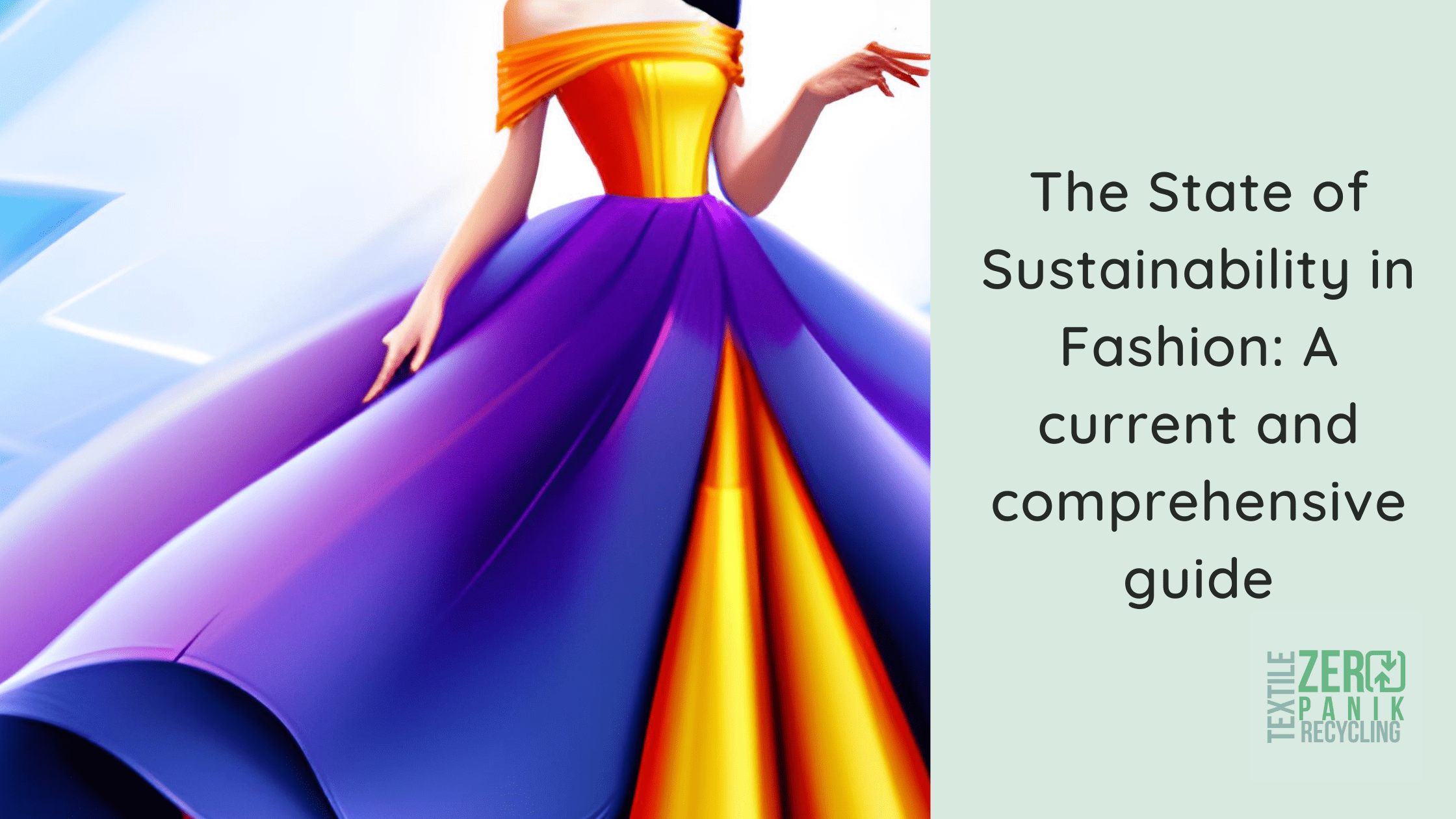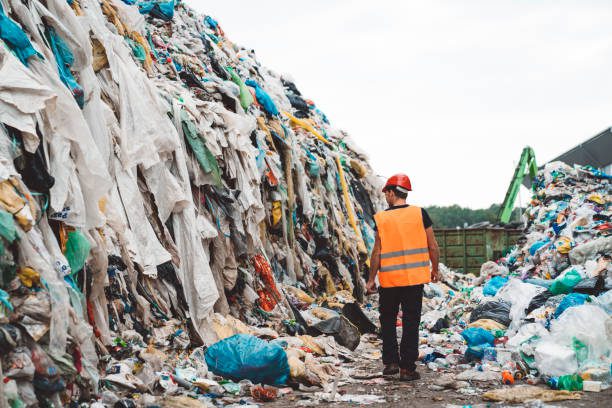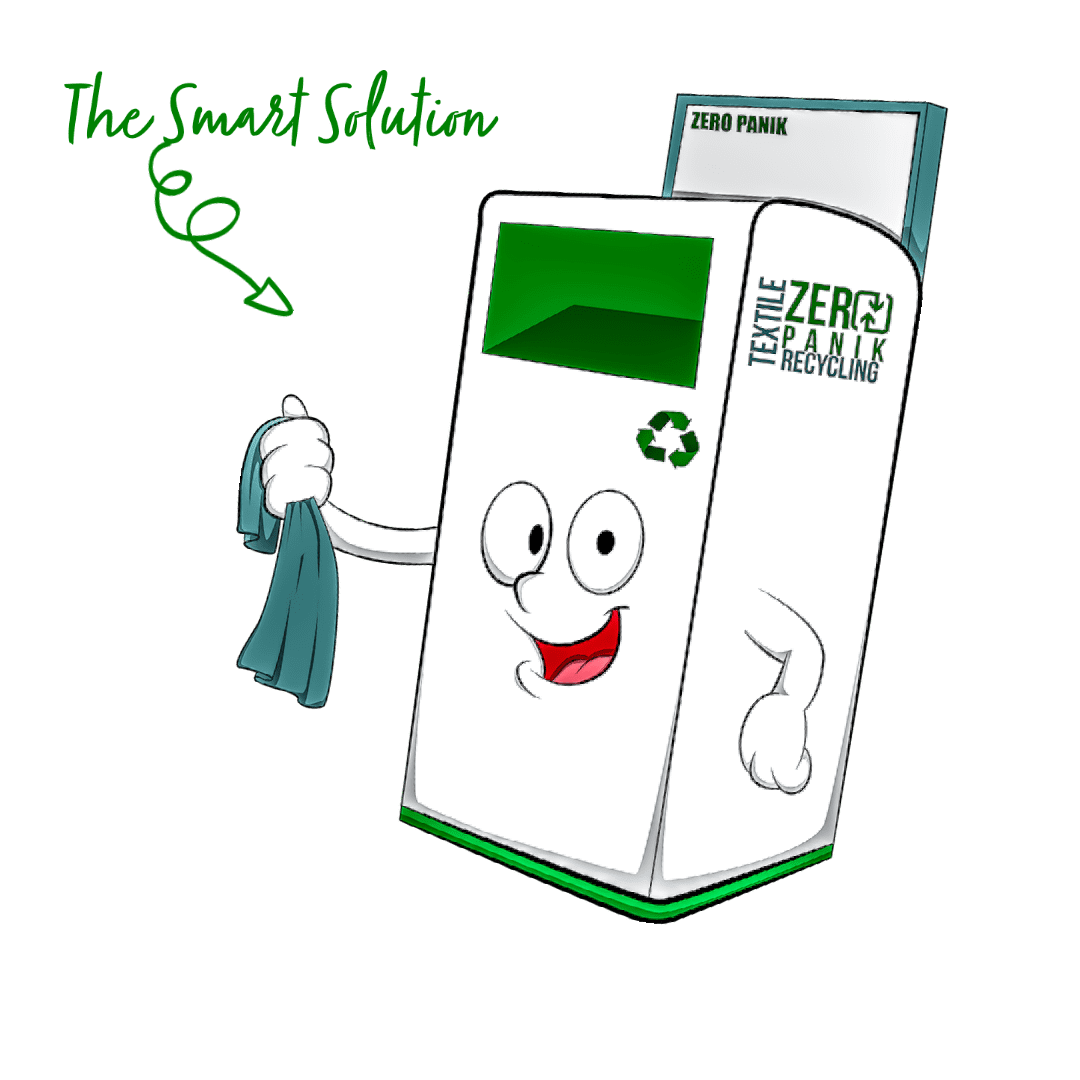
Introduction
The fashion industry is one of the most polluting industries in the world. But it doesn’t have to be that way. There are a growing number of fashion brands that are committed to sustainability and social responsibility. By shopping from these brands, you can help support the shift to a more sustainable fashion industry.
But what exactly is sustainable fashion? And how can you be sure that the clothes you’re buying are sustainable? In this guide, we’ll answer all of your questions about sustainability in fashion. We’ll define sustainable fashion, explore the challenges the industry faces, and provide a few tips on how you can shop sustainably.
What Is Sustainability in Fashion?
Sustainable fashion is an emerging category within the fashion industry. It is defined as a design and production process that reduces the negative environmental and social impact of the fashion industry. Sustainable fashion takes into account the entire lifecycle of a garment, from the sourcing of materials to the end of its life.
The goal of sustainable fashion is to create fashion that is not only environmentally friendly but also fair and just for all involved in the supply chain. This includes the workers who produce the clothing, the farmers who grow the fibers, and the consumers who purchase and wear the garments.
The environmental impact of the fashion industry.
The fashion industry has a huge impact on the environment. The growing demand for new clothes has led to an increase in the amount of textile waste, water pollution, and carbon emissions. clothing production often uses harmful chemicals and dyes, which can pollute waterways and soil. And the growing demand for cheap clothes has led to an increase in the use of harmful chemicals and dyes, which can pollute waterways and soil.
The fashion industry is also one of the biggest polluters of the air. The production of synthetic fabrics, such as polyester and nylon, releases large amounts of greenhouse gases into the atmosphere. These gases contribute to climate change and can harm human health.
What is sustainability?
The term “sustainability” is used a lot these days, but what does it mean? In short, sustainability is about meeting our current needs without compromising the ability of future generations to meet their needs. It’s about using resources in a way that doesn’t deplete them or cause damage to the environment.
To achieve sustainability, we need to change the way we live and operate. This means reducing our reliance on fossil fuels, protecting and restoring our natural ecosystems, and making our economy more efficient and resilient. We also need to change the way we think about sustainability, moving away from a “short-term” mindset and towards a more long-term view.
Making these changes is not going to be easy, but it is essential if we want to leave a healthy and thriving planet for future generations. It requires a collective effort from individuals, corporations, and governments around the world.
Some key steps that can be taken include:
1. Switching to renewable energy sources to reduce carbon emissions and combat climate change. This can be done by investing in solar and wind power and reducing our dependence on fossil fuels.
2. Adopting sustainable agriculture practices that prioritize soil health, reduce water usage, and minimize the use of chemical pesticides and fertilizers.
3. Promoting sustainable transportation through the use of public transport, biking, and walking. This will reduce carbon emissions and help alleviate traffic congestion in cities.
4. And, last but not least, increasing public awareness and education about the importance of environmental stewardship and the need for individual action to reduce our impact on the planet. We all have a role to play in protecting the earth for the future.

The sustainable fashion industry
The sustainable fashion industry is one of the most rapidly growing sectors in the fashion industry. And it’s not hard to see why. Consumers are becoming more aware of the environmental and social impacts of their clothing choices, and they’re demanding more sustainable options.
As the demand for sustainable fashion grows, so does the need for high-quality, sustainable fabrics. That’s where we come in. Our company specializes in sustainable fabric development and production. We work with some of the leading sustainable fashion brands to develop fabrics that meet their high standards for quality and sustainability.
There are many ways to make fashion more sustainable. Some companies are using sustainable materials, such as organic cotton, bamboo, and recycled polyester. Others are working to improve their supply chain and labor practices. And some are even taking steps to ensure that their products can be recycled or upcycled at the end of their lifecycle.
One of the most effective ways to make fashion more sustainable is to reduce waste. This can be done by creating durable, high-quality garments that can be worn for years instead of disposable, cheaply made fast fashion pieces. It can also be achieved by reusing and repurposing materials, such as by upcycling old clothing or using fabric scraps for other projects.
Another way to make fashion more sustainable is to reduce the carbon footprint of the industry. This can be done by using renewable energy sources, such as solar or wind power, and by reducing the amount of water and energy used in production processes. The transportation of goods can also be optimized to reduce emissions.
Consumers can also play a role in making fashion more sustainable. By choosing to buy from brands that prioritize sustainability and ethical practices, consumers can help to promote these values and create demand for more environmentally-friendly fashion. Additionally, consumers can reduce their environmental impact by investing in high-quality, long-lasting pieces and by donating or recycling old clothing instead of throwing it away.
Overall, making fashion more sustainable requires a holistic approach that considers the entire lifecycle of a garment, from production to disposal. While there is still a long way to go, there are many efforts underway to create a more sustainable and ethical fashion industry, and consumers can play an important role in driving these changes forward.
Sustainability and the Environment
Businesses have a responsibility to operate sustainably and to protect the environment. Sustainability means taking into account the environmental, social, and economic impact of business activities.
There are many reasons why businesses should care about sustainability and the environment. For example, sustainable practices can help to reduce resource use and waste, save money, and protect the environment. In addition, sustainability can help businesses to build trust with stakeholders and to create a positive reputation.
There are many ways in which businesses can operate more sustainably. For example, they can reduce their energy use, switch to renewable energy sources, and use sustainable materials. In addition, businesses can improve their waste management practices and implement green procurement policies.
Why is sustainability important in fashion?
Sustainability is an important issue in fashion for several reasons. First, the fashion industry is one of the largest polluters in the world. The textile industry alone emits more carbon than the international flights and maritime shipping industries combined. And as the demand for new fashion products continues to grow, so does the industry’s environmental footprint.
Second, the fashion industry is one of the largest users of water. It takes approximately 2,700 liters of water to make just one pair of jeans. With the global water crisis only getting worse, the fashion industry must start to explore more sustainable ways of doing business.
Lastly, the fashion industry has a huge impact on the lives of workers all over the world. Many of them are paid very low wages and work in unsafe conditions. By supporting sustainable fashion brands, you can help to implement fair working conditions and wages for workers in the fashion industry.
Sustainable fashion brands are committed to ethical practices and ensuring that their workers are treated fairly. They also often use locally sourced materials, supporting local economies and reducing the carbon footprint associated with transport. Making the switch to sustainable fashion brands may take a bit more research and investment, but it can make a big difference in creating a more just and environmentally friendly fashion industry. Overall, choosing sustainable fashion is not only good for the environment but also for human rights and social justice.
How can you make your fashion more sustainable?
The fashion industry is one of the most polluting industries in the world. Every year, we produce billions of garments that end up in landfills or are incinerated. This wastefulness not only harms the environment but also contributes to the poor working conditions of many laborers in the fashion industry.
So what can we do to make our fashion more sustainable? There are a few things we can all do to minimize the negative impact of our fashion choices. Here are a few suggestions:
-Buy from brands that use sustainable materials
-Opt for quality over quantity
-Choose natural fibers over synthetic ones
-Support fair trade and eco-friendly brands
– Repair and recycle your clothes
By making more sustainable choices, we can help reduce the negative impact of the fashion industry and make the world a better place.
What are some sustainable fashion brands?
There are many sustainable fashion brands out there, but not all of them are created equal. Some sustainable fashion brands use environmentally-friendly materials, while others focus on Fair Trade practices or ethical manufacturing.
Here are a few sustainable fashion brands to check out:
– Eileen Fisher
– Nau
– Patagonia
– PrAna
– Reformation
– Toad&Co
There are some steps you can take to reduce the impact of the fashion industry on the environment.
Buying clothes from companies that use sustainable practices, such as recycling materials, using organic and natural fibers, and reducing water and chemical usage, is one approach. You can also buy second-hand clothes, which reduces the demand for new clothes and decreases textile waste. When washing clothes, use gentle detergent and cold water to conserve energy and reduce water pollution. Furthermore, donate or recycle clothing instead of throwing it out.
Finally, you can support policies and advocacy efforts that push for a more sustainable and transparent fashion industry. This includes regulations on manufacturing practices, transparency of the supply chain, and ethical treatment of workers in the industry. By being environmentally conscious about your fashion choices and taking action to support sustainable production, you can contribute to positive change for the environment and the future of the fashion industry.
